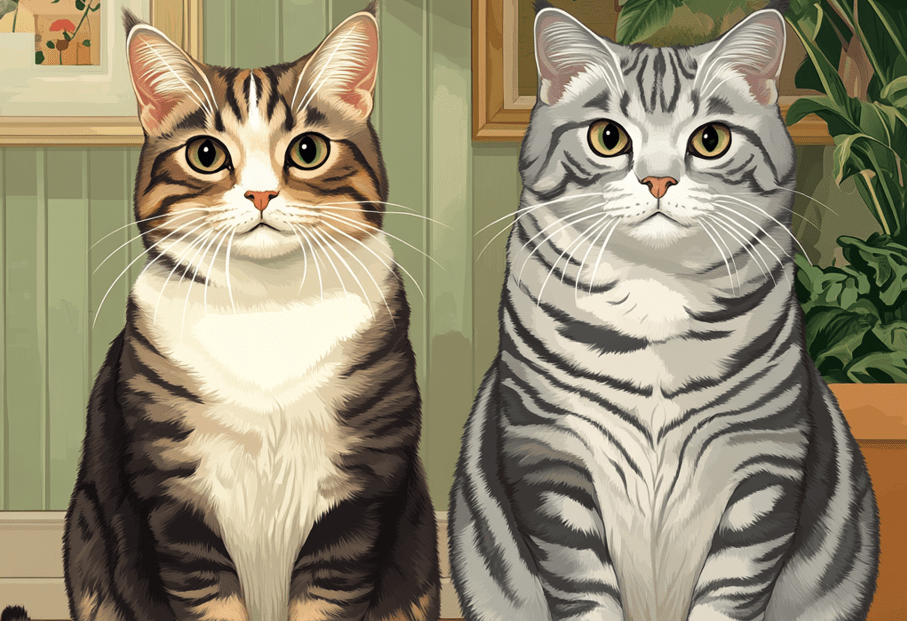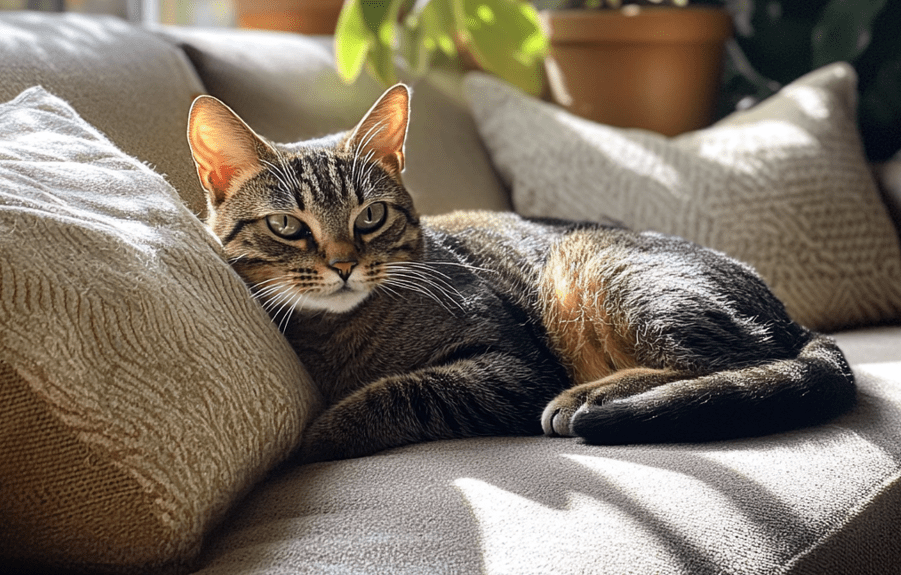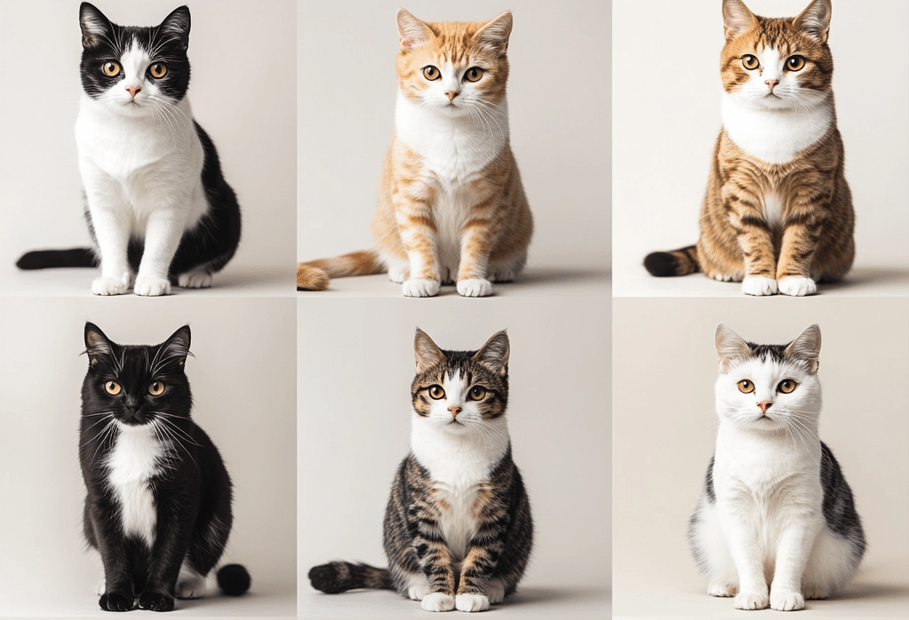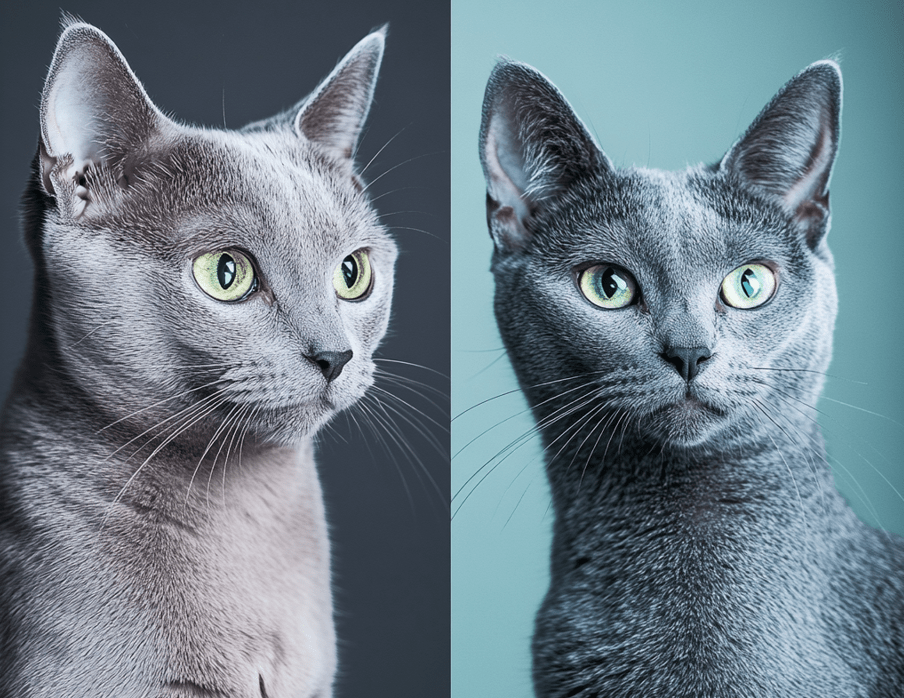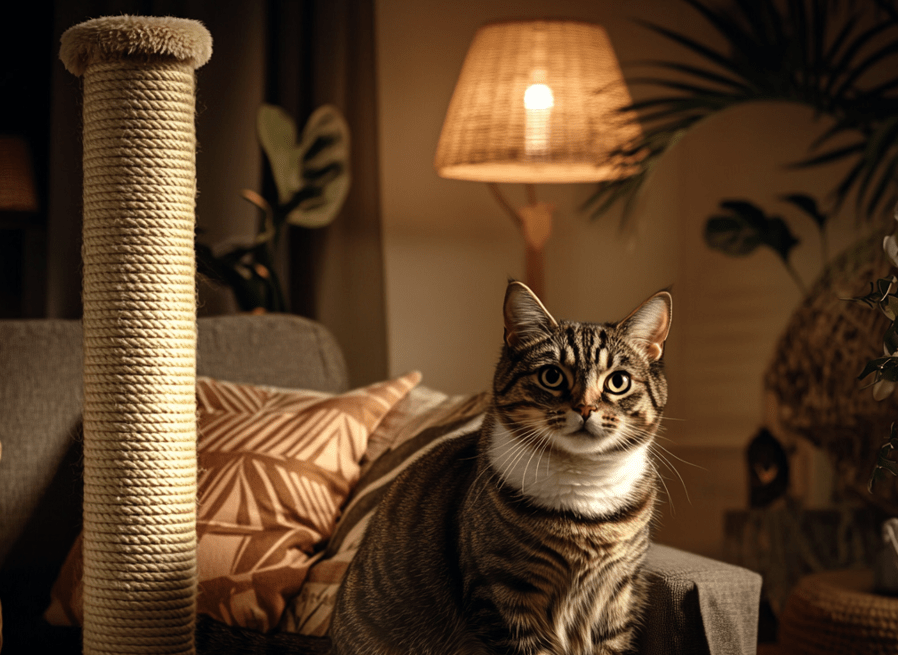
The Domestic Shorthair cat breed is a friendly and fun-loving cat. As one of the oldest cat breeds in Europe, they can make a wonderful addition to your family. Care for a Domestic Shorthair Cat requires a very little attention due to their short coat. Here’s what you need to know about their care requirements –
Preparation and Supplies
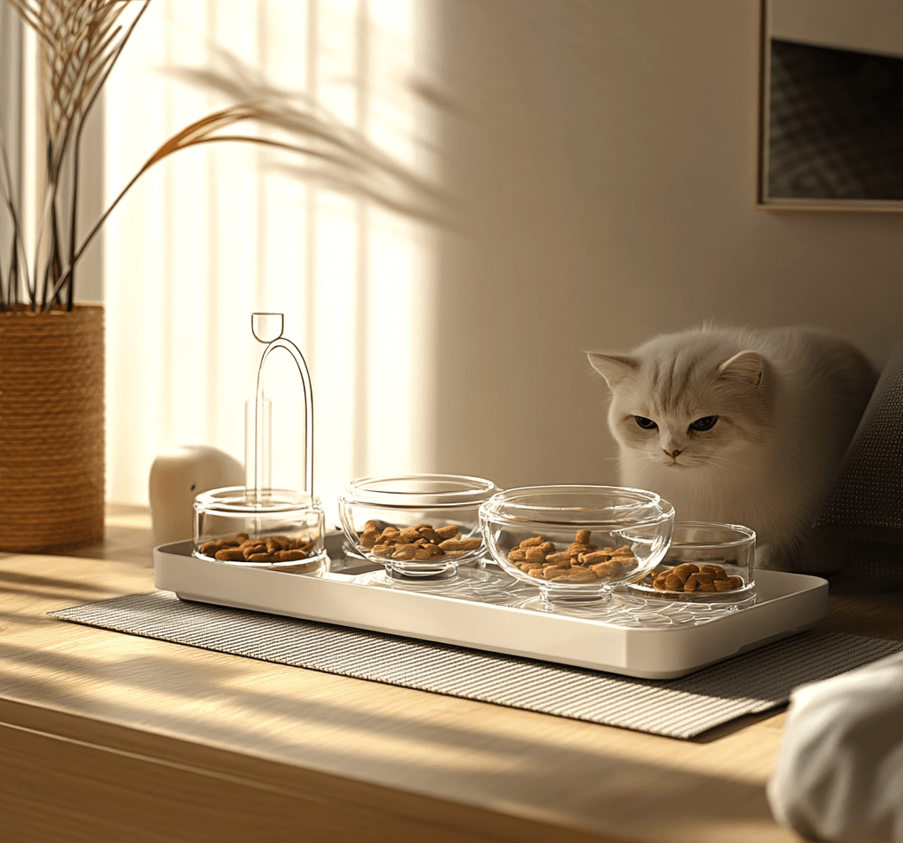
You need to make proper preparations with necessary items to add a new cat to your home. Consult with your veterinarian about suitable food for your cat, or continue their current food until you consult with your veterinarian. Once you find quality cat food appropriate for your cat’s age, maintain regular supplies.
Cats need wide, shallow food and water bowls, with fresh food provided daily. Some cats prefer glass bowls over plastic ones or flowing water from fountains. Multiple water bowls throughout the house are beneficial, and in multi-cat households, several feeding stations away from the litter box are necessary.
Scratching is natural for cats, so provide acceptable scratching alternatives like posts, trees, or cardboard boxes. Place scratchers near sleeping areas because cats often stretch after waking up, and consider placing them near furniture where they might otherwise scratch.
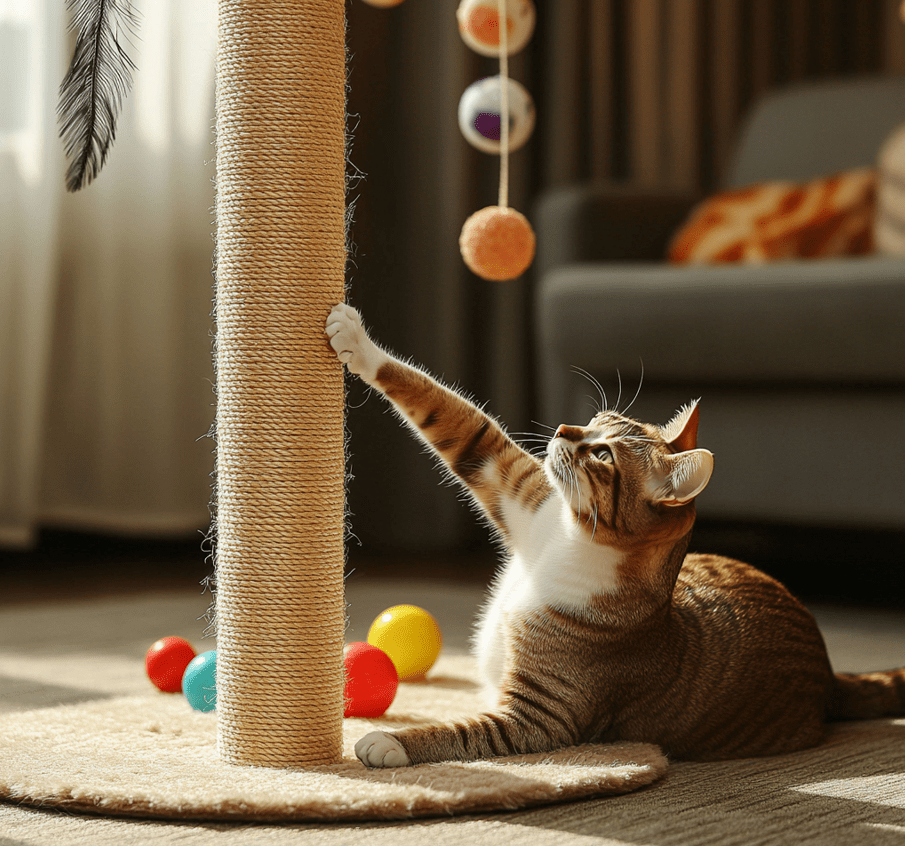
Litter boxes should be one and a half times your cat’s size, allowing them to enter, turn, scratch, and eliminate. Replace annual plastic boxes and in multi-cat homes, keep one more box than the number of cats. Place boxes on different levels or separate rooms, avoiding adjacent placement. Elderly cats may need open boxes on lower levels where they spend most of their time.
Most cats prefer clumping litter as kittens, many cats prefer unscented, clumping varieties. Texture is important due to their sensitive paw pads. For daily cleaning, use a sturdy metal scoop to dispose of waste in garbage bags.
Regular nail trimming prevents injury and property damage. Consult your veterinarian about proper clippers and techniques. Provide multiple soft, comfortable beds throughout the house, especially in sunny spots, with deep sides. In multi-cat households, different bed locations give cats their own space.
Many cats enjoy being brushed, so find their preferred grooming tools. Long-haired cats especially need regular grooming. If your cat resists brushing, start slowly. Additionally, dental care is extremely important. Consult your veterinarian about appropriate toothbrushes, focus on the outer surface of teeth, and reward your cat after brushing.
Daily Care
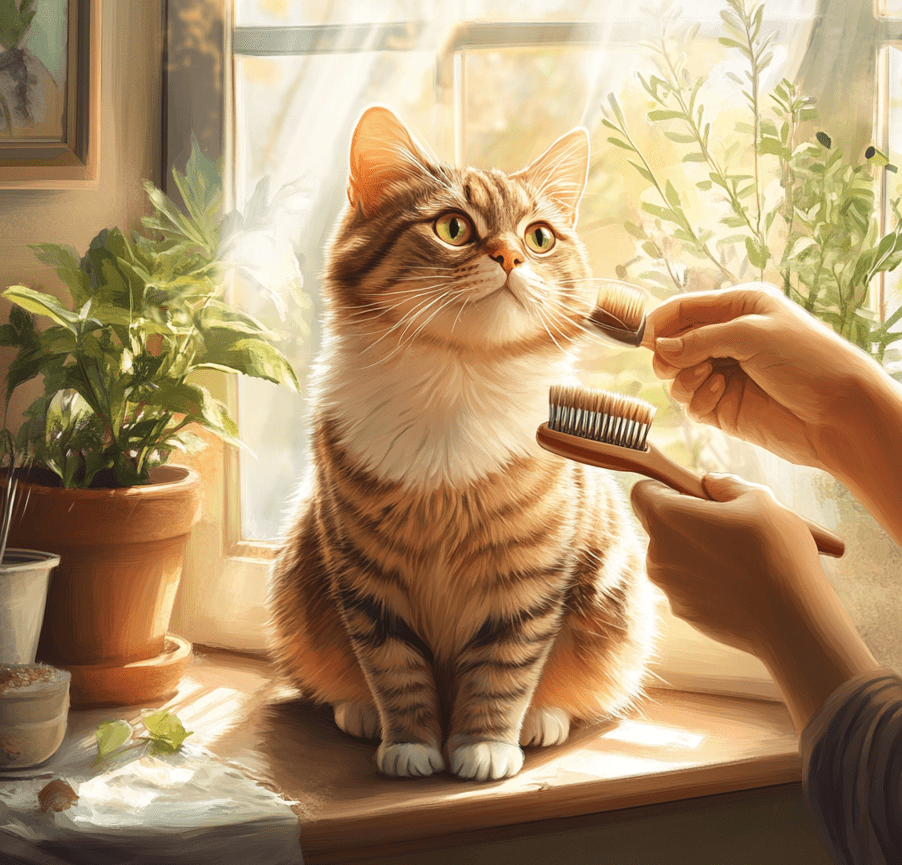
Domestic Short-haired cats require less daily care because of their short coat. Cats generally keep themselves clean, but weekly brushing helps remove loose hair and dandruff, and also distributes skin oils for a healthy coat.
Elderly, overweight, or lazy cats may struggle with self-grooming and can develop mats despite having short hair. These cats need more frequent brushing, and severe mats should be handled by a veterinarian or professional groomer.
A soft-bristle brush used weekly is sufficient for coat maintenance. Grooming sessions provide opportunities to examine their skin, trim nails, clean ears, and maintain dental health. Indoor cats need exercise and mental stimulation through interactive play with simple toys like feather wands, laser pointers, or crumpled paper balls. Puzzle feeders and vertical spaces like shelves and cat trees help keep them active. Domestic Shorthairs can live 12 to 15 years indoors.
Choose a warm, quiet place for grooming and introduce it gradually. Use long, gentle strokes in the direction of hair growth, focusing on areas prone to shedding. Watch for problems like skin redness, dryness, or lumps during grooming. Reward your cat with treats and praise to build a positive association with grooming sessions.
Exercise and Play
Domestic Shorthair cats are active, playful cats who enjoy climbing, chasing toys, and exploring their environment. Having plenty of toys, scratching posts, and climbing trees helps keep them physically and mentally stimulated. Regular play sessions with their owners strengthen bonds and provide entertainment for these cats.
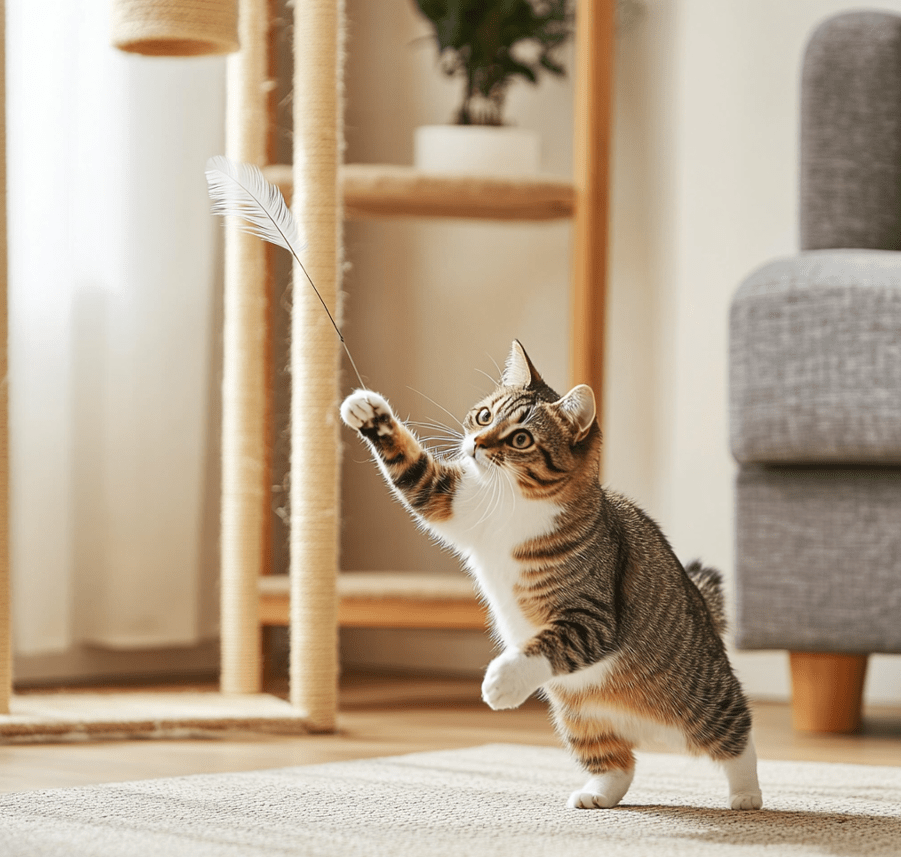
Cats should have various toys available for independent play and playing with their owners daily. Cats prefer toys that change in structure and shape during play, mimicking natural hunting and chasing behaviors. Interactive toys like “fishing poles” or feather wands are particularly appealing when playing together. Some toys with strings or loose parts should be put away after play for safety.
Outdoor cats naturally exercise through hunting and chasing prey. Indoor cats benefit from perches and climbing trees where they can practice their climbing, jumping, and leaping skills while observing their surroundings. Laser pointers and feathers make great toys for interactive play sessions, helping cats burn excess energy. These intelligent cats train easily, especially in toilet or litter training.
American Shorthairs particularly need regular exercise to maintain their physical health, as this breed is moderately active and prone to obesity. Their exercise needs align with their natural hunting instincts and energy levels.
Socialization and Behavior
Primary socialization is extremely important for Domestic Shorthair cats so they grow up confident and well-adjusted. Effective socialization helps them understand their new environment and interact confidently with different people, places, and situations. It removes fear and nervousness of new experiences, makes them feel comfortable in their new environment, helps them get used to other people, animals and places, teaches which behaviors are right and wrong, and keeps them more curious and inquisitive in adult life.
Domestic Shorthair cats are typically great with children and other pets. Their patient and gentle demeanor makes them wonderful companions for children, and their social nature allows them to get along well with other cats or dogs when properly introduced. However, it’s essential to supervise interactions and ensure all parties feel comfortable and safe.
Domestic Shorthair cats are intelligent and can be trained to respond to basic commands. Positive reinforcement methods, such as clicker training and reward-based training, are effective in teaching them preferred behaviors. From litter box training to coming when called, these cats can learn various commands and behaviors with patience and consistency.
Proper litter box training is crucial for Domestic Shorthair cats. Providing a clean, easily accessible litter box and using the appropriate type of litter are important considerations. Understanding common litter box issues, such as inappropriate elimination or refusal to use the litter box, helps address these behaviors effectively.
Health Monitoring

Domestic short-haired cats are at risk of various diseases, so regular monitoring and checkups are necessary. In IBD, cats experience vomiting, diarrhea, loose stools, and weight loss. When heart muscle density increases, hypertrophic cardiomyopathy occurs. If the diet is not proper, cats become obese and risk of other diseases increases. When plaque builds up on teeth, it can cause gum inflammation and infection.
Without vaccination, infections from herpesvirus, calicivirus, and panleukopenia virus can occur. Roundworms, tapeworms, and flies are common parasites in cats. Blood clots can cause arterial thromboembolism. In FLUTD, there is inflammation and burning in the urinary tract. When kidneys fail, toxic substances accumulate in the body.
When thyroid becomes overactive, hyperthyroidism occurs. Insulin deficiency causes diabetes. Atopy causes skin itching. Food allergies can occur from protein in food. Osteoarthritis causes bone problems. Fatty foods can cause pancreatic inflammation.
The dos and don’ts of caring for a domestic shorthair cat
Keep plenty of scratching posts for indoor cats. All cats naturally sharpen their claws, and without posts, they may use and potentially destroy soft furniture or carpets.
Domestic Shorthair cats tend to be prone to overeating. Overweight cats have a higher risk of developing feline lower urinary tract disease, diabetes, and mobility issues like arthritis.
Take them to their veterinarian for regular checkups. Domestic Shorthair cats still need regular checkups and preventive care.

